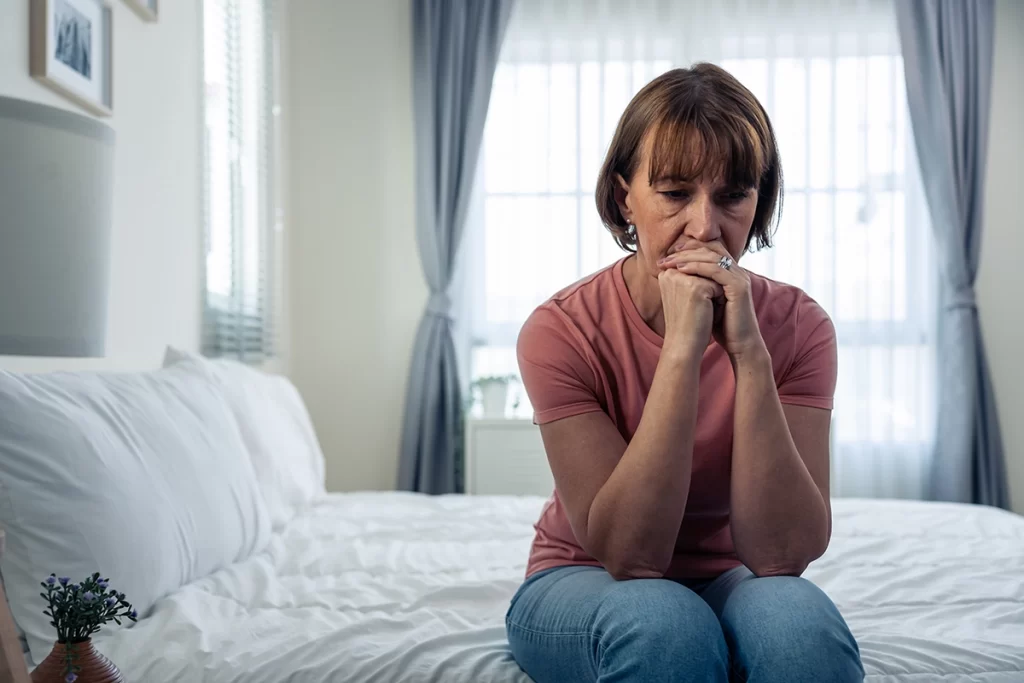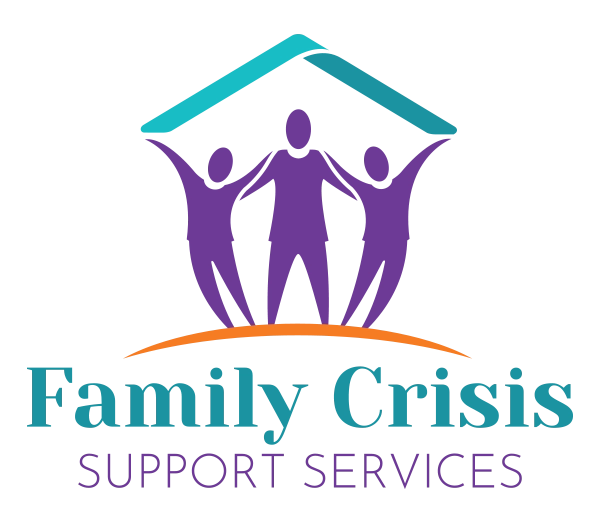Domestic violence is more prevalent than many people realize. Did you know that at least 1 in 4 women and 1 in 7 men are victims of severe violence from a partner at some point in their life?
As startling as this statistic may be, there’s more:
- Many cases of domestic violence, also known as intimate partner violence, are never reported.
- 30-60% of perpetrators of domestic violence also abuse children in the household.
- A child witnessing violence in the home is the strongest risk factor for violent behavior transmitting to the next generation.
- The cost of intimate partner violence exceeds $5.8 billion each year, including medical care.
What is Domestic Violence?
Domestic violence is a pattern of behaviors used by a person to maintain power and control over a partner in an intimate relationship. It comes in a variety of forms, including physical, emotional, sexual, financial, and digital abuse, among others.
Anyone of any race, age, sexual orientation, religion, or gender can be a victim — or perpetrator — of domestic violence. It can happen to people who are married, living together, or dating. It affects people of all socioeconomic backgrounds and education levels.
What Causes Domestic Violence?

Domestic violence is a complex issue with multiple causes, most notably a desire for power and control, which often stems from deeply ingrained beliefs about gender roles, where one partner believes they have the right to dominate the other. These beliefs can be influenced by cultural norms, family upbringing, and societal expectations, leading to controlling behaviors, manipulation, and ultimately, violence.
Another significant factor is the presence of underlying emotional and psychological issues. Individuals who engage in domestic violence may have experienced trauma, abuse, or neglect in their own lives, leading to unresolved anger, insecurity, or mental health challenges. Substance abuse, such as alcohol or drugs, can also exacerbate these issues, lowering inhibitions and increasing the likelihood of violent behavior.
Additionally, domestic and intimate partner violence can be perpetuated by a lack of awareness or resources. Victims may feel trapped in abusive relationships due to financial dependency, fear of retaliation, or a lack of support systems. In many cases, societal stigma and shame prevent individuals from seeking help, allowing the cycle of abuse to continue unchecked. Addressing these root causes requires a comprehensive approach that includes education, support services, and interventions aimed at breaking the cycle of violence.
How Does Domestic Violence Affect Victims?
The effects of domestic violence on victims are profound and long-lasting. Victims often experience physical injuries, ranging from bruises and broken bones to more severe and life-threatening harm.
Beyond the physical toll, the psychological impact can be even more devastating. Victims frequently suffer from anxiety, depression, post-traumatic stress disorder (PTSD), and feelings of helplessness or worthlessness. These emotional scars can lead to difficulties in trusting others, forming new relationships, and maintaining a sense of self-worth.
Children and other family members who witness domestic violence are also deeply affected. Children, in particular, may develop behavioral problems, struggle in school, or experience anxiety and depression. They may also feel guilt or confusion, believing they are somehow responsible for the violence.
Growing up in a violent environment can normalize abusive behavior for children, increasing the risk that they might either become victims or perpetrators of violence in their own relationships later in life. Family members may feel helpless, torn between their love for the victim and fear for their own safety.

What are the Barriers to Leaving an Abusive Relationship?
Leaving an abusive relationship can be incredibly difficult due to several barriers that victims face. One of the main obstacles is fear. Abusers often use threats of violence or harm to control their victims, making them afraid of what might happen if they try to leave.
This fear can be for their own safety, the safety of their children, or even their pets. The abuser may also threaten to hurt themselves or others if the victim leaves, adding to the pressure to stay.
Another significant barrier is financial dependency. Many victims rely on their abusers for financial support, especially if the abuser has controlled their access to money, prevented them from working, or isolated them from family and friends. Without financial independence, victims may feel they have nowhere to go, no way to support themselves, or that they will end up homeless.
Emotional ties and societal pressures also play a role. Victims may still love their abusers, believe that things will get better, or feel guilty about leaving. They might also face pressure from family, friends, or cultural expectations to stay in the relationship, especially if children are involved.
Additionally, a lack of awareness about available resources or a belief that they won’t be believed or supported can make it even harder for victims to leave. These barriers create a complex and often overwhelming situation for victims, making it crucial for them to have access to support and resources to help them safely leave an abusive relationship.
Why is Prevention So Important?
Preventing domestic violence requires a combination of education, community support, and proactive measures. One of the most effective ways to prevent domestic violence is through education and awareness.
Teaching individuals about healthy relationships, respect, and communication from a young age can help prevent abusive behavior later in life. Schools, community centers, and workplaces can all play a role by offering programs that address the signs of abuse, the importance of consent, and the need for mutual respect in relationships.
Another crucial strategy is providing support and resources to those at risk of experiencing or committing domestic violence. This includes offering accessible services such as counseling, hotlines, shelters, and legal assistance to victims.
Community organizations can also work to identify and support individuals who may be at risk of becoming abusers by offering anger management programs, mental health services, and substance abuse treatment. Early intervention can prevent abusive behavior from escalating.
Strong community involvement is also essential in preventing domestic violence. Creating a culture where abuse is not tolerated, and where victims feel safe to seek help, can make a significant difference. This involves encouraging people to speak out against violence, supporting survivors, and holding abusers accountable.
Communities can also work together to ensure that there are adequate resources and support systems in place, such as local shelters and advocacy groups. By addressing domestic violence on multiple fronts—through education, support, and community action—we can help prevent it from occurring in the first place.
How Can Family Crisis Support Services Help?
Family Crisis Support Services (FCSS) provides a 24/7 hotline for victims of domestic violence in Southwest Virginia: 1-800-572-2278. Our advocates are also through our website by clicking on “Chat with us” in the bottom right corner.
We offer advocacy, accompaniment to court hearings, support groups, emergency shelter, community education, and much more. All of our services are free and confidential.
We are dedicated to serving all individuals and families, regardless of race, gender, ethnicity, religion, sexual orientation, nationality, gender identity or expression, age, and/or disability.

